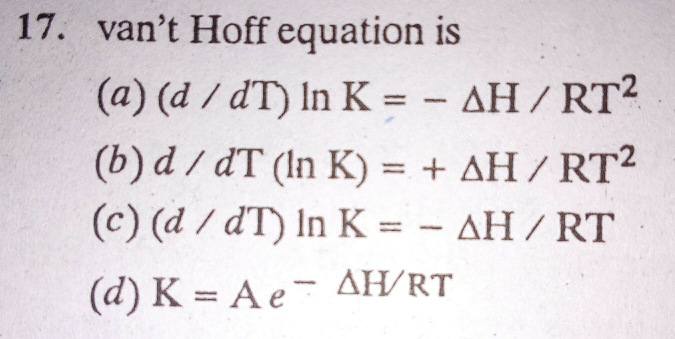
AllQuestion and Answers: Page 1816
Question Number 28428 Answers: 0 Comments: 1
Question Number 28427 Answers: 1 Comments: 1
Question Number 28426 Answers: 0 Comments: 0
Question Number 28417 Answers: 0 Comments: 0

Question Number 28413 Answers: 0 Comments: 0

Question Number 28408 Answers: 0 Comments: 0
Question Number 28406 Answers: 1 Comments: 1
$${Image}\:{not}\:{getting}\:{attached}.\:{Please} \\ $$$${see}\:{the}\:{link}\:{below}. \\ $$
Question Number 28399 Answers: 1 Comments: 0

Question Number 28411 Answers: 2 Comments: 1

Question Number 28393 Answers: 0 Comments: 0
Question Number 28384 Answers: 2 Comments: 0

Question Number 28382 Answers: 1 Comments: 0
Question Number 28381 Answers: 0 Comments: 0

Question Number 28375 Answers: 1 Comments: 0
Question Number 28373 Answers: 1 Comments: 0
Question Number 28372 Answers: 0 Comments: 0
Question Number 28371 Answers: 0 Comments: 1
Question Number 28370 Answers: 0 Comments: 1
Question Number 28369 Answers: 0 Comments: 0
Question Number 28368 Answers: 0 Comments: 0
Question Number 28367 Answers: 0 Comments: 0
Question Number 28366 Answers: 0 Comments: 0
Question Number 28364 Answers: 0 Comments: 0
Question Number 28363 Answers: 1 Comments: 0
Question Number 28359 Answers: 0 Comments: 1

Question Number 28349 Answers: 1 Comments: 1

Pg 1811 Pg 1812 Pg 1813 Pg 1814 Pg 1815 Pg 1816 Pg 1817 Pg 1818 Pg 1819 Pg 1820
